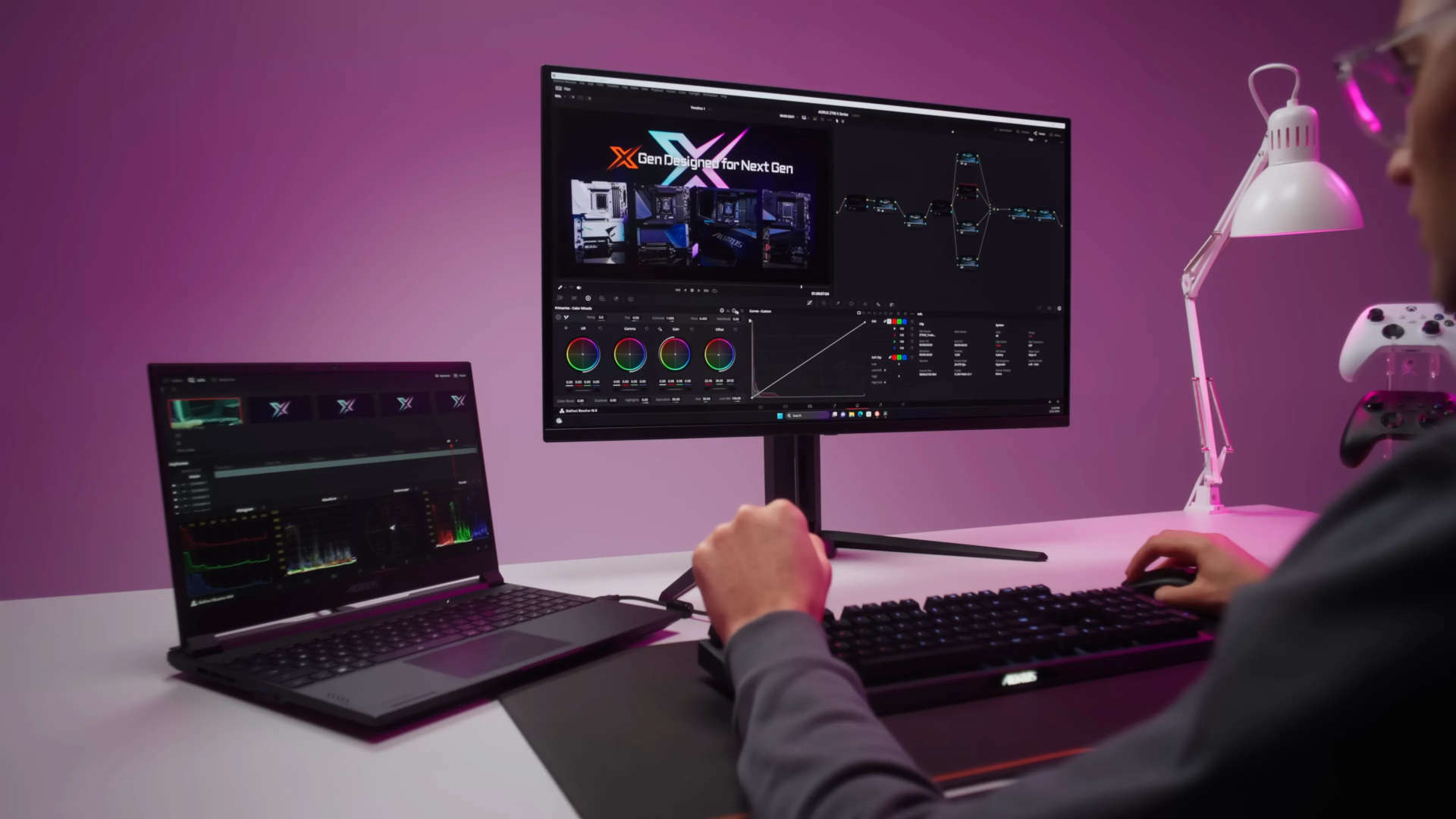The VESA organisation is a huge group of electronics and semiconductor manufacturers that work together to create various standards for the industry to follow. DisplayPort is perhaps its most well-known technology these days and VESA has just updated the specification to v2.1a with the main change replacing the DP40 cable spec with DP54, which allows up to 8K 240Hz resolutions in 2m passive cables. It’s big improvement but it actually doesn’t matter.
The DisplayPort specification details how images can be sent from a source (e.g. graphics card) to a sink (e.g. monitors) via a four lane digital connection. Various signalling modes can be used, depending on what version of DisplayPort the sink and source both support.
In the case of DP1.4, the most common configuration that’s currently used, the fastest mode is HBR3 (high bit rate), transmitting data at up to 8.1Gbps per lane.
Three extra modes were added with DisplayPort 2.0, namely UHBR10, UHBR13.5, and UHBR20. In the case of the latter, each lane offers a peak transmission rate of 20Gbps, as the name suggests. However, even if the sink and source are both capable of this, the actual data rate could be a lot lower, if the connecting cable isn’t up to scratch.
This is why VESA developed a new specification for cables in the DisplayPort 2.1a update (as reported by Tom’s Hardware) and the latest revision, DP54, requires manufacturers to ensure that a 2m passively-powered cable can support at least the UHBR13.5 mode.
That’s double the length of the previous DP40 spec, which was always ridiculously short, and it required the sink and source to both be UHBR20-compliant. Now they just need to support the 13.5 mode, which makes far more sense.
In the world of PC gaming, there aren’t many DisplayPort 2.0/2.1 sources around. AMD’s latest Radeon RX 7000 series is version 2.1, with UHBR13.5 being the fastest mode supported, whereas its previous RX 6000 series and all of Nvidia’s cards are version 1.4a. That said, DisplayPort 2.1 sinks are even rarer, and even at this year’s CES event, we didn’t see many monitors using that spec.
One such example is the Gigabyte Aorus FO32U2P, as shown at the start of this news item. It’s 4K 240Hz but so were lots of other models shown off at CES and they were all still on DP1.4a, so it raises a simple question: What use is the DP54 cable specification?
VESA-certified DisplayPort cables aren’t cheap and those supplied with monitors and graphics cards are rarely certified and are nearly always passive. That means they don’t have any additional circuitry to boost the signal over longer lengths, which greatly limits the transmission rate.
(Image credit: Future)
Best gaming monitor: Pixel-perfect panels for your PC.
Best high refresh rate monitor: Screaming quick.
Best 4K monitor for gaming: When only high-res will do.
Best 4K TV for gaming: Big-screen 4K gaming.
So if you were planning to get Gigabyte’s new monitor and pair it with a Radeon RX 7900 XTX, you might think you’re going to have to pay a small fortune for a fancy DP54-certified cable.
Except you won’t need to, because 4K 240Hz is possible using the much slower HBR3 transmission mode, albeit with the use of DSC (Display Stream Compression). That gets automatically enabled the moment you set the resolution and refresh rate to a certain level, and although the images sent to the monitor are compressed, you’re really not going to notice.
VESA has always pitched DisplayPort specifications far higher than what actually gets used in the market but I suppose it’s no different to, say, PCI Express which is currently at version 6 (with 7 in development), even though the latest CPUs, motherboards, and SSDs only support version 5.
One day in the future, 4K 480Hz or even 8K 240Hz might be the norm but that’s not going to happen any time soon.










